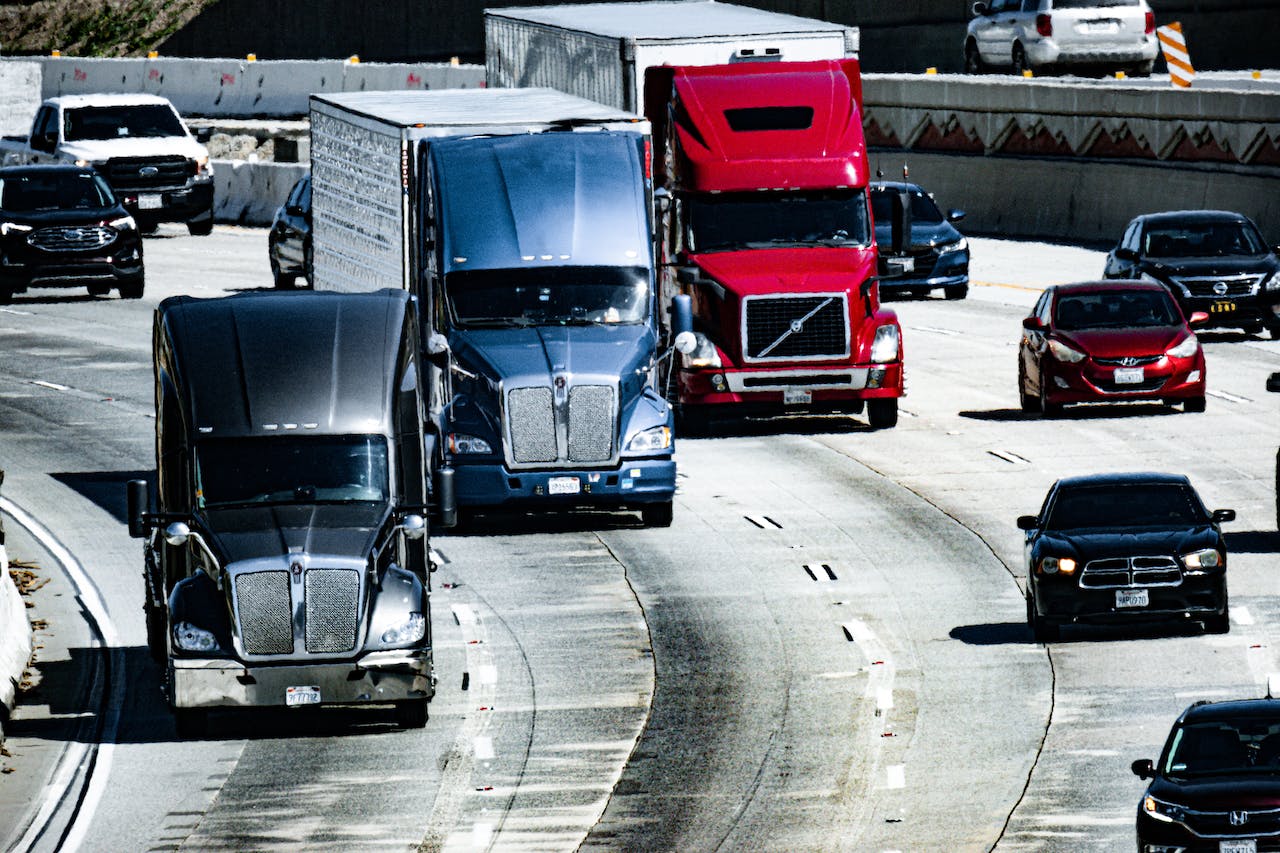If it drives, flies, or sails across the country, transportation laws touch it. As an industry, transportation law must constantly adapt to changes in the market.
Federal lawmakers passed two laws to reduce transportation’s end-use emissions and accelerate electric vehicle production. But will these policies fundamentally transform the industry?
Contents
Security
The transportation law firm industry is heavily dependent on information systems that manage and control the movement of people and cargo. This increases the importance of security measures that protect passengers and freight from terrorism, fraud, vandalism, theft, and natural disasters. These security measures can include a variety of technologies, from fleet telematics that track the status of physical vehicles to sophisticated data analytics tools that monitor and assess risk.
As environmental consciousness grows, the industry is held to high sustainability standards. Ocean carriers, for example, must use clean diesel fuel to minimize air pollution, limit ballast water discharge to prevent invasive species from entering domestic waters and implement new safety practices.
While these measures have their benefits, they also increase the complexity of the industry. For instance, increased electronic monitoring creates more access points for cybercriminals. In addition to the risk of exposing private customer data, these breaches can physically damage vehicles or their precious cargo.
Additionally, equity in transportation seeks fairness in mobility and accessibility to meet the needs of diverse communities. This can be accomplished through improved accessibility, affordable transportation options, and programs that support job growth and economic development. To succeed, these initiatives require the cooperation of many stakeholders, including the government, community leaders, and transportation companies.
Fuel Taxes
The T&L industry is a key part of global trade and development. From the transport of goods to the maintenance of shipping infrastructure, T&L companies can have significant positive impacts on people’s lives and their access to markets, education, and health services. However, this sector is also susceptible to corruption. From single vans passing customs checks to fleets of ships accessing government-owned canals and ports, T&L companies engage extensively with the government, making them a high-risk sector for grand corruption and petty bribery.
Fuel taxes are a major source of revenue for transportation projects. But as vehicles become more fuel efficient, the tax on gasoline needs to keep pace with the costs of maintaining transportation infrastructure. Furthermore, consumers may only partially value the benefits of increased fuel efficiency (see Greene et al. [2005], Helfand and Wolverton [2009], and Greene ).
As states look for new sources of revenue, they are increasingly considering fuel economy taxes or mileage-based taxes. These taxes would raise the price of driving only when a driver’s fuel consumption exceeds a threshold level. Such a tax structure could avoid some of the problems with existing fuel efficiency taxes, such as those that use notches, which create gaming opportunities for vehicle owners who seek to improve their tax status by making minor modifications to their vehicles.
Driver Shortages
Truck driver shortages are a significant concern for transportation firms, particularly logistics service providers (LSP). The ongoing truck driver shortage negatively impacts the freight industry, not just long-haul over-the-road trucking. It also affects local, less-than-truckload (LTL), and intermodal freight shipping.
While there are various causes of the driver shortage, the main reason is that truck driving is a difficult job for many people, especially regarding working conditions and pay. Truckers often have to work long hours, are often away from home, and face a high turnover rate. In addition, the profession is regulated by the federal government and requires compliance with strict rules on hours of service and drug testing. This creates a culture where people do not want to be truck drivers.
In addition, trucking costs are increasing due to factors such as fuel costs, new safety regulations, and increased insurance rates. This drives up the price of goods, which is ultimately passed on to consumers.
The truck driver shortage is a critical issue for the transportation and logistics industries, which must implement innovative solutions to overcome this challenge. This empirical study analyzes the driver shortage impact on the logistics capability and performance of LSPs. The results suggest that the LSPs should improve their responsiveness and flexibility capabilities to mitigate the effects of the truck driver shortage.
Environmental Regulations
As environmental consciousness rises, adherence to strict sustainability regulations is becoming the norm for transportation companies. Fuel efficiency standards, emission control requirements, and ballast water management rules are reshaping the industry and pushing for greener practices and technologies. These new requirements come with additional costs, but shipping professionals are increasingly expected to comply to protect the environment and their bottom lines.
Profit margins for transport firms rely heavily on the price of fuel. As a result, these businesses are vulnerable to fluctuations in oil prices. Lower prices mean lower operating costs, but higher prices can wreak havoc with fleets’ bottom lines. As a result, many small trucking companies are considering raising rates to offset the added expense of meeting these new requirements. These rate increases will likely be passed along to shippers through increased freight service prices.
The opacity of the current transportation funding system is also an issue. Unlike how utilities like electricity and water are funded, motorists have no idea how much their highway user fees cost or where their money goes. As a result, motorists tend to be reluctant to support fuel tax increases. To address this, more transparency is needed around how road user fees are obtained and used.




